Mini Feeder Fishing Tactics
Beating Birdcages
Good swims are not always easy to fish. I’ve encountered quite a few that were heavily overgrown with foliage, making casting difficult. Pruning back some growth within easy reach helps, but overhead branches generally have to be put up with. One of the best ways of beating birdcages is to use a short bomb or quivertip rod, combined with a scaled-down feeder. Rod wise, I’m talking about a soft actioned blank around 10ft in length, fitted with a sensitive 3/4oz or 1oz quivertip. You can cast something like this in tight situations. A big bonus is it’s much easier to be accurate with shorter rods, even if you need to adapt your casting style to allow for tight spots. Another aspect of using feeder tackle in tricky, overgrown swims is that the cover attracts plenty of fish. They won’t be far out, so casting to the horizon isn’t required in this situation.
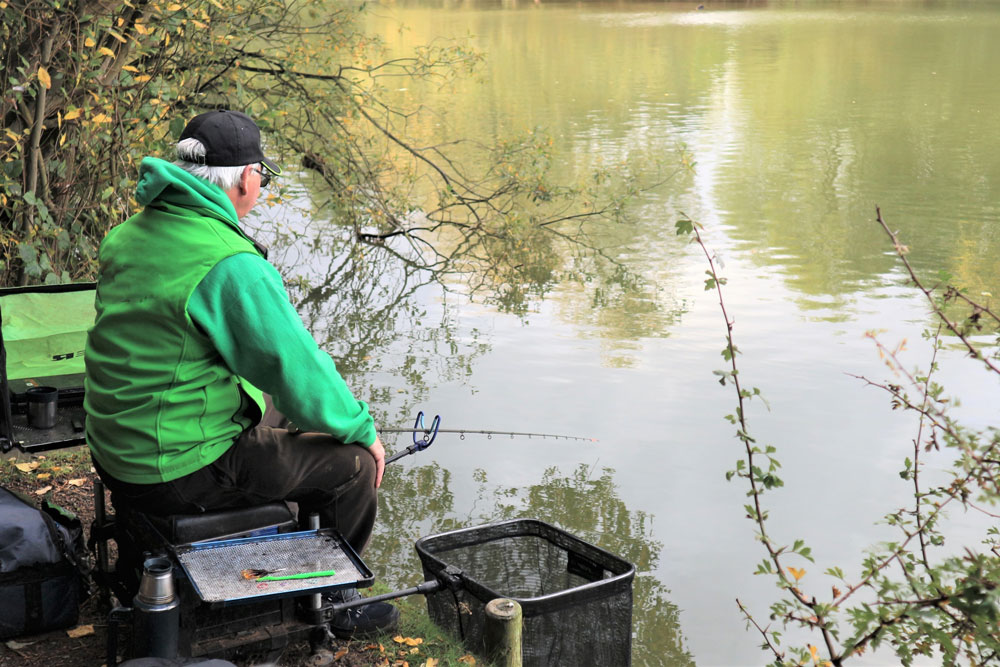
Scaling Down
The current popularity of launching feeders into orbit is a widespread trend in both specimen and match fishing circles. A problem this creates, is making it harder to find small and lightweight feeders, frustrating if you don’t want a big chuck. Over the years, I’ve built up a healthy stock of lightly loaded and compact feeders. Most have 10g to 15g weights, which are perfect for fishing close in. I normally kick off with a cage design because it releases its contents quickly, helping to build swims up faster than anything else. Normal practice is to use minimal groundbait to hold in lots of freebies like hemp, casters or pellets. If I want to add some chopped worm, a plastic bodied groundbait feeder is better at making sure the load gets down to the bottom. The smallest 15g Edge Tackle cage and groundbait feeders are perfect for this type of close-range casting.
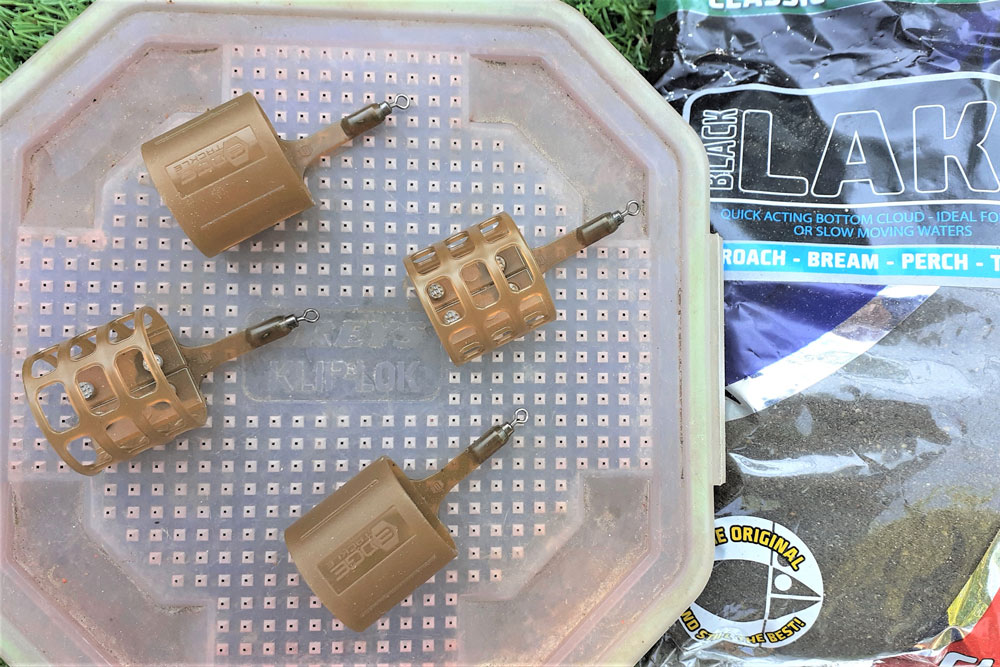
Seeing Everything
Even if you decide to use an in-line feeder and a short hook length, there’s no need for a stiff quivertip at close range. False indications, commonly thought to be caused by fish attacking feeders, are not always that in my opinion. Bream and roach can create tiny movements on quivertips, mouthing baits and letting go if they feel any resistance. A super-sensitive 3/4oz or 1oz indicator helps to highlight these tiny indications, which often result in rod benders if they are connected with. A lightweight feeder and soft quivertip combination cuts down on fish feeling resistance and rejecting hook baits, important when not casting far. Having rigs free running is another advantage, lessening the resistance factor even more. With short hook lengths and in-line feeders, takes are often savage anyway, usually positive enough for bigger fish to almost hook themselves.
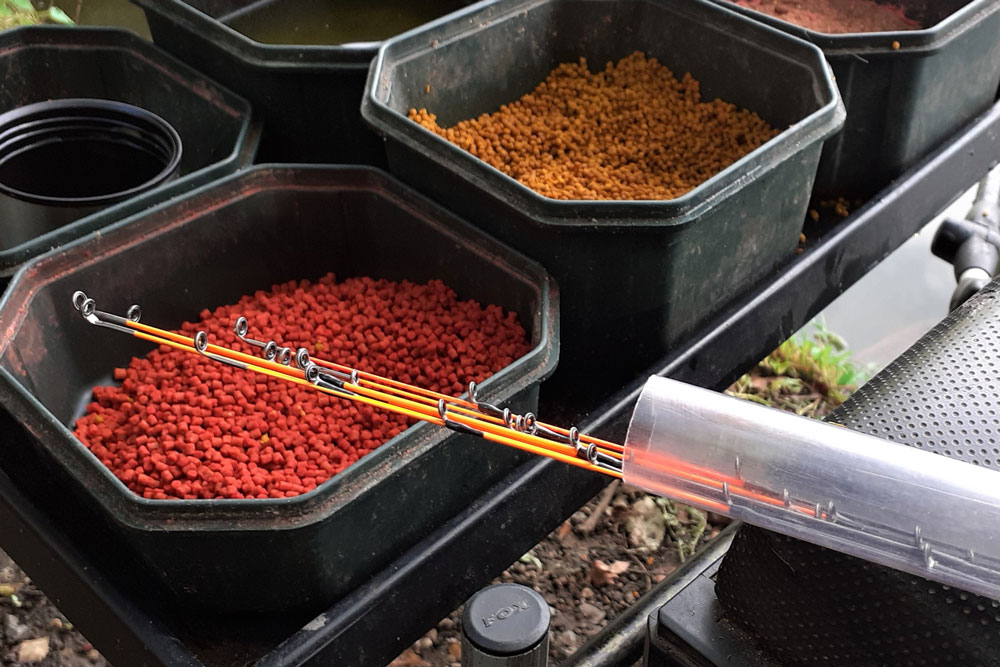
Better Balance
It’s a travesty to spoil the delightful feel of a short quivertip rod by burdening it with a large and heavy reel: the big diameter spool type that are currently all the rage for feeder fishing. Instead, I use a compact and trusty Cadence CS10 3000 model. Although primarily designed for float fishing, this works fine for lightweight feeder casting. While bigger feeder reels are designed for better line flow and to reduce mono twist, I don’t experience any problems with smaller diameter spools at close range. My balanced set up doesn’t struggle either, particularly when fish need to be cranked in, or kept away from nearside snags. I don’t use a clutch, finding it loses too much control when playing big fish, also causing excess line twist. Backwinding is much better. It’s amazing the size of fish that can be landed with a short, lightweight rod, combined with a small front drag reel.
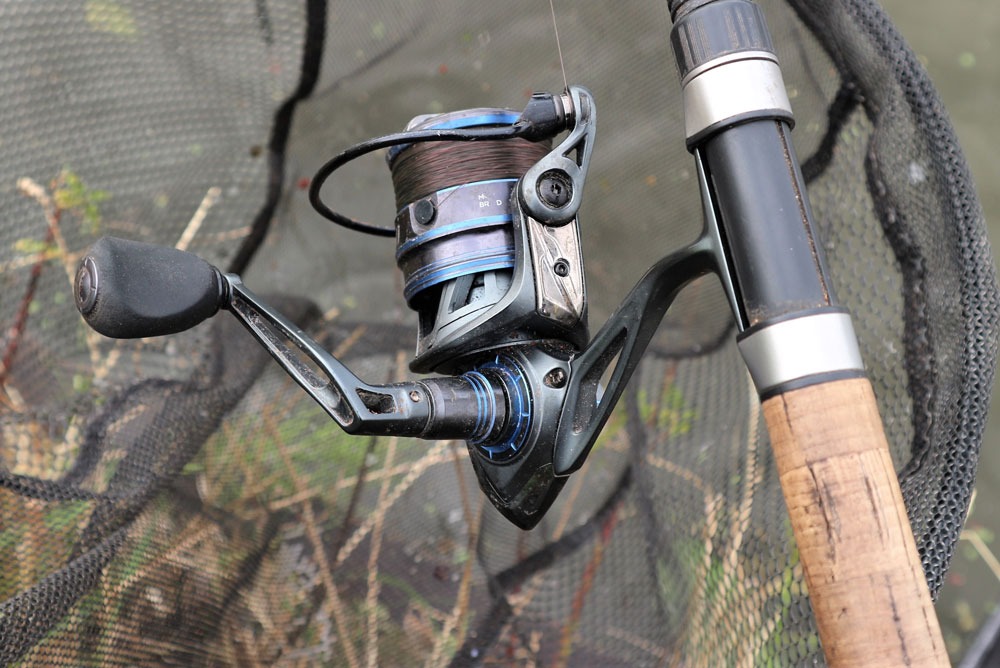
The Pellet Factor
Back in my early canal days, I often used tiny maggot feeders on wider stretches where chub were resident. I made a special short quivertip rod for this job, a winklepicker as we used to call this type of blank. I remember using it on places like Lady Capels, a top match venue at the time. My custom-built rod acted like an elastic band after hooking anything big, bending right the way through. It worked a treat and allowed me to use fine tackle to conjure vital bonus bites. These days there are plenty of delightful short and sensitive quivertip rods that can do a similar job. But things have changed because the pellet feeder concept can’t be ignored. A pellet attack can prove devastatingly effective on many types of venues. The only problem here is most pellet feeders are too heavy for what I want, so I convert small and light maggot blockends into the required format.
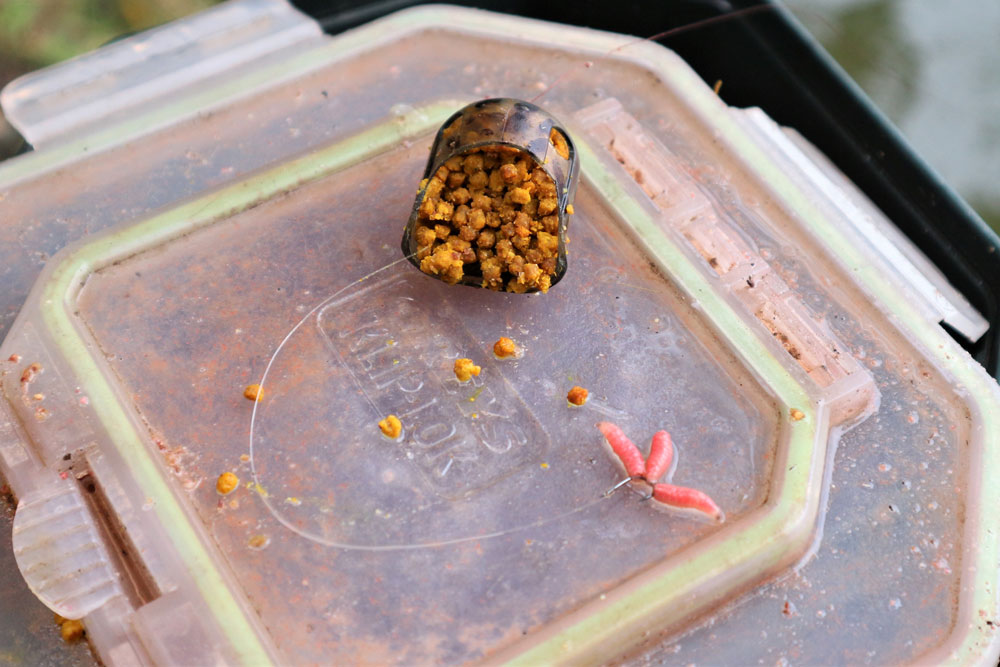
Changing Tack
While starting with a cage feeder quickly stirs swims into producing bites, a major problem can be pulling in never-ending hordes of small perch. Continuously winding these hungry blighters in becomes time consuming and can mask the fact that bigger fish have turned up. A good way of finding out the score is to switch to a pellet feeder, which can instantly reveal a new world. Feeding micro pellets and burying two or three red maggots inside the feeder is a good way of defeating “wasps” as I call them, allowing good fish like this skimmer to get in on the action. It attacked the pellet loading as it hit bottom, signalled by a weird trembling on the quivertip, which eventually bent round properly. Burying baits like maggots can work, but if small perch problems persist, switching to banded 4mm or 6mm hard pellets will normally end up being the best solution.
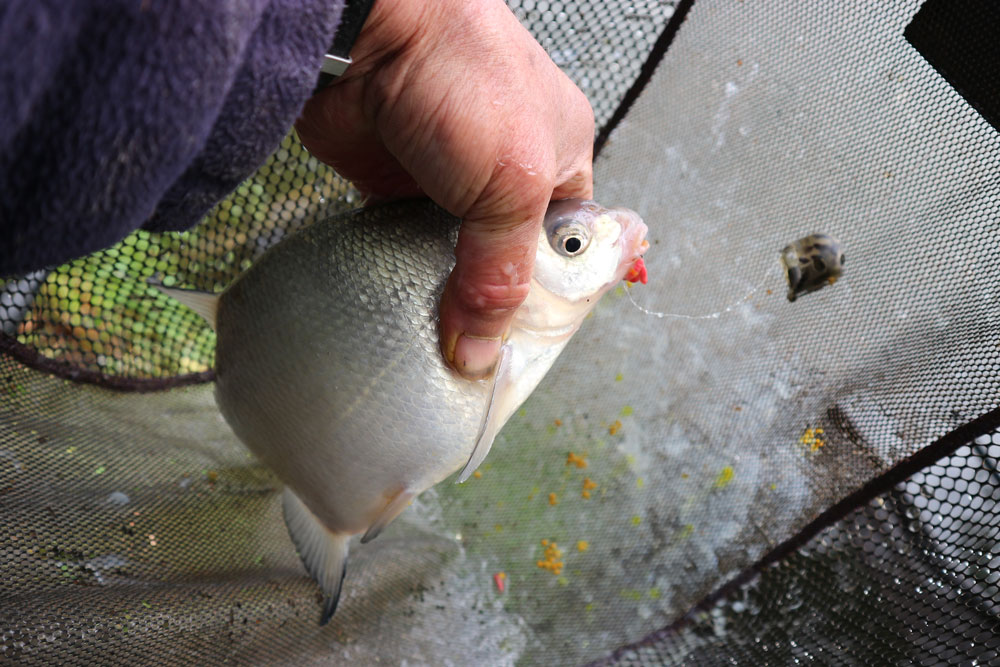
Pinpoint Accuracy
A top feeder angler once told me he preferred an 11ft quivertip rod on his beloved tidal river. Everyone else was using 12ft or 13ft blanks on this powerful and quite wide venue. But the shorter aspect made perfect sense to me when I thought about it, recalling how my 9ft canal winklepicker always put a tiny feeder on the money. That’s still the case with current high modulus carbon bomb-style rods like the Cadence CR10 Feeder models. A favourite length now is 10ft, which is just long enough to keep bigger fish from running rigs into nearside snags as they come close to the landing net stage. It’s virtually impossible to be super accurate when launching heavy feeders to the horizon with longer and beefier rods, but a short blank and effortless cast puts a lightweight feeder on the money every time. It’s also less strenuous on your eyes studying a much closer set quivertip.
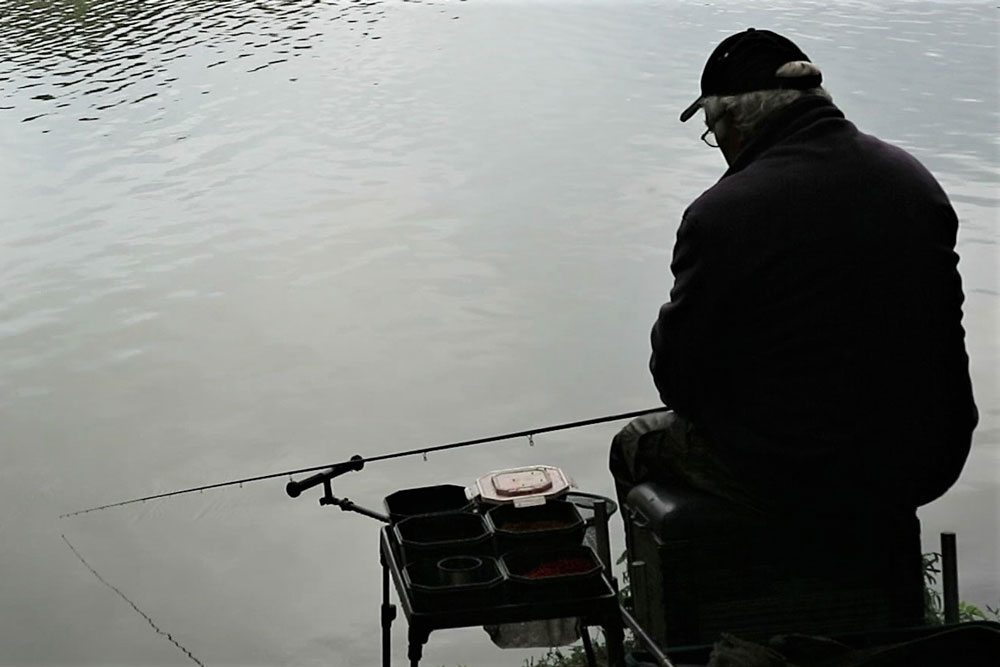
A New Way
Short mono hook lengths tend to wrap back around feeders, nearly every cast if you leave the hook bait dangling free. Burying hook baits solves this, but doesn’t always work as effectively as instantly visual offerings. After much experimentation, I’ve fixed the tangling issue by switching to Edge Pure Fluorocarbon. This material is much thicker and stiffer than low diameter mono, which doesn’t matter because it’s almost invisible in water. Another plus factor is thicker fluorocarbon is far more robust, so it doesn’t stress out after catching several big fish. Short 4inch hook lengths may be very popular for use with in-line feeders, but I’ve found increasing to 6inches is superior for skimmers and bream. The extra length helps avoid bumping the hook when playing these fish in, particularly as they thump hard against the feeder as they get near to the landing net stage.
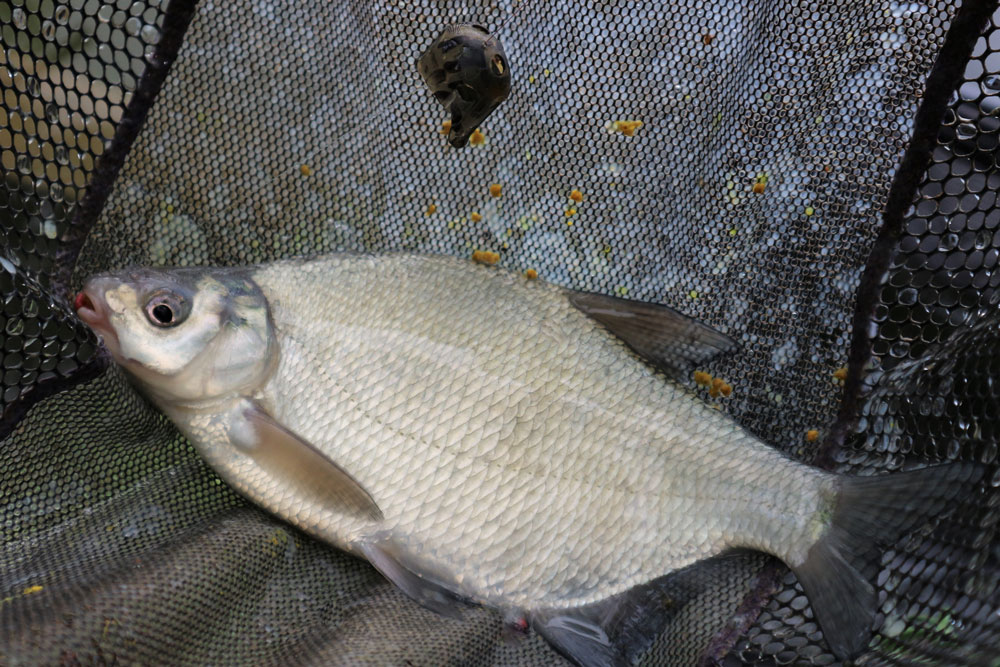
Business End
If I’m feeding micros, a 4mm banded hard pellet is often ample on the hook and likely to be picked up very quickly. Pre-tied shop-bought short hook lengths are okay, but they tend to feature over-heavy hooks for targeting silvers. As previously mentioned, many are too short anyway. Adding a couple of inches puts your hook a bit further away from the feeder as soft-mouthed fish are played in, making it less likely they will shed the hook. Small latex bait bands installed in looped hairs are okay for presenting hard pellets, but simply hooking a banded pellet as you see here works just as well. I don’t think fish are that fussy when they get a taste for pellets and start hoovering them up. I like to experiment with different pellet colours and flavours. There’s plenty to choose from and I particularly like using red krill, chocolate orange and F1 sweet versions.
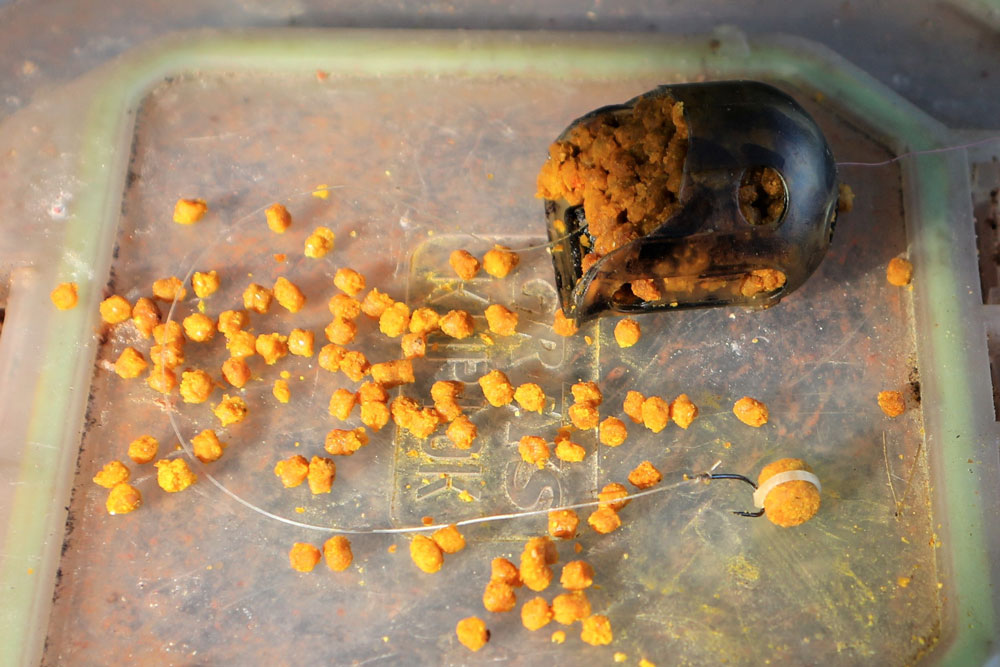
Forgotten Territory
I’ve been sucked into the chuck-it-as-far-as-I-can scenario when feeder fishing. But it gets a bit laborious cranking in small fish or missing bites, after going to all the trouble of launching tackle such a long way. It makes a nice change taking a gentler casting route, putting scaled down feeders not very far out and more accurately. I often catch more too, because I’m not wasting half my day winding in huge quantities of line. By casting just beyond long pole length, a new world opens up, fishing an area that rarely gets troubled on many venues. I suspect bigger fish have wised up to inhabit such spots, knowing they are safer. Bites tend to be more positive too, with less stretch in the main line registering indications more clearly on soft action quivertips. Mono is better than braid in this instance, providing more give, particularly important when using short hook lengths.
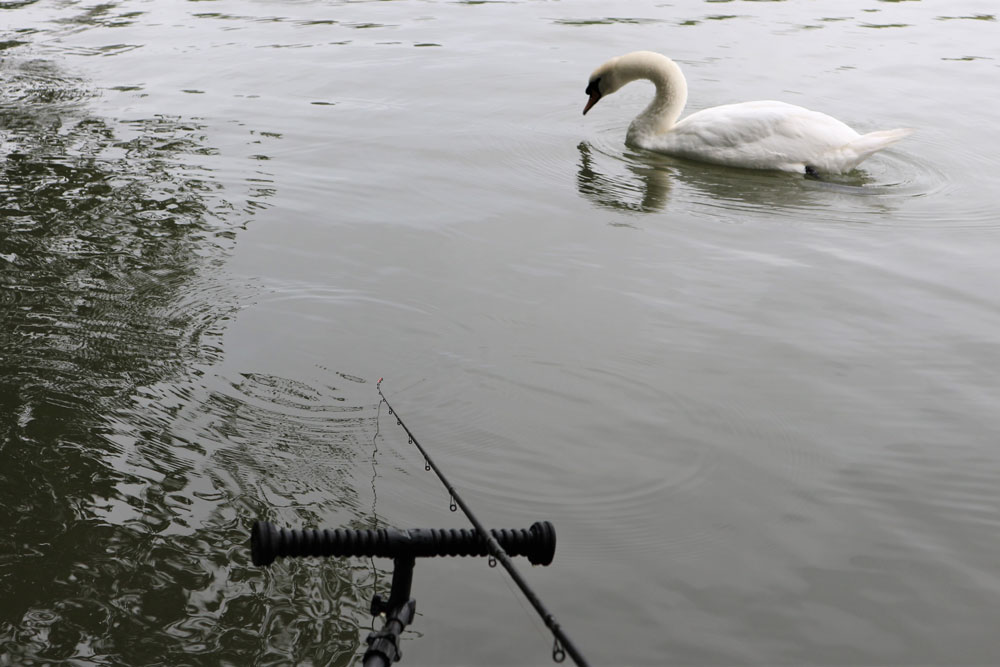
Gently Does It
Care is needed when playing in better sized fish with mini feeder tactics at close range. I aim to lead fish in, rather than bullying them, which helps to avoid hook pulls. I learnt to tame big bream in this manner on the River Shannon at Athlone many years ago. I once watched swingtip maestro Sid Meads bagging up on a festival there, winding in big slabs much faster than everyone else due to having a more forgiving rod. I tried using a softer blank and it worked wonders for me as well. A gentle lift into takes and by not putting much pressure on hooked fish, helped them to be guided in without hardly pulling back. I noticed anglers hitting hard into their quarry, using stiffer action rods, were taking much longer to tame what they hooked. The trick is to get fish under the rod tip fast, where a long-handled landing nets helps to scoop them out in double quick time.
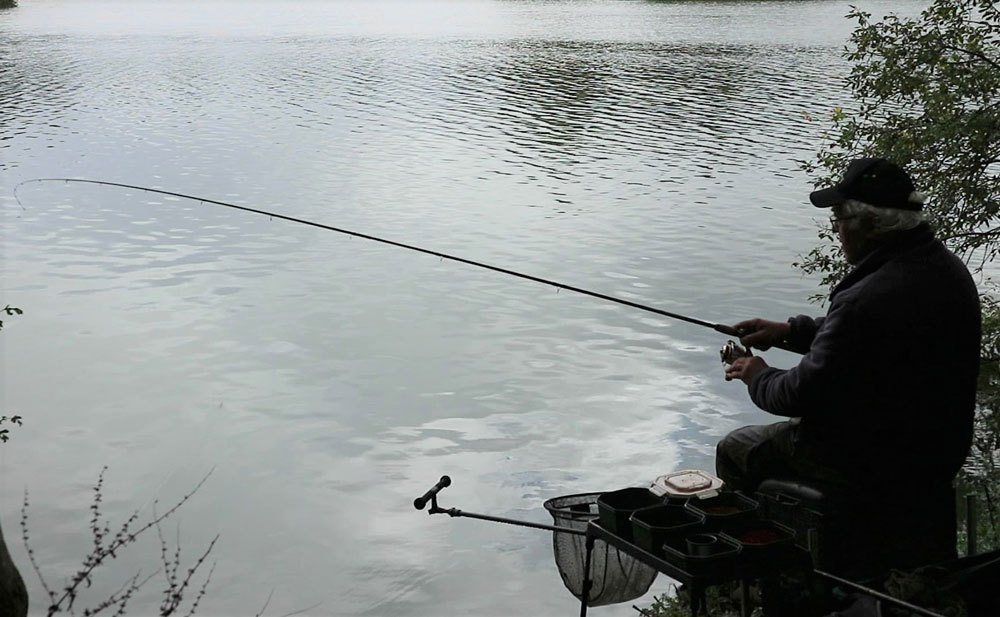
Uncovering Secrets
Since I’ve revived my mini feeder fishing over the past few years, it’s been fascinating seeing what turns up. Big silvery skimmers like these can be elusive on many fisheries. You might get the odd one using normal groundbait feeder tactics at range, but not always lots of them. I tried the mini style on my first visit to a new lake, where a mate had never seen any bream. Switching to a small pellet feeder, not too far out, I caught plenty of big skimmers. This way of fishing doesn’t just work on lakes. It’s worth considering for big rivers down the nearside, also the far bank of less wide streams and canals. Putting smaller loadings of bait in more regularly quickly stirs things up. It can turn into a hectic way of fishing, useful to have in reserve for when normal tactics aren’t working. It’s also worth a go on weedy drains, where bigger feeders tend to continuously snag too much debris.
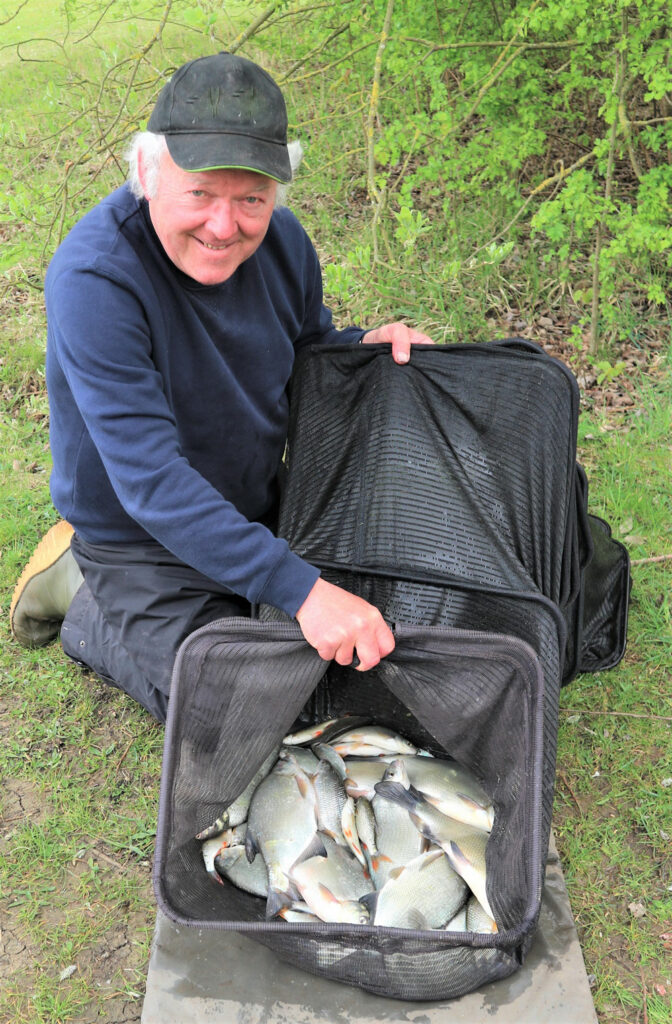
-
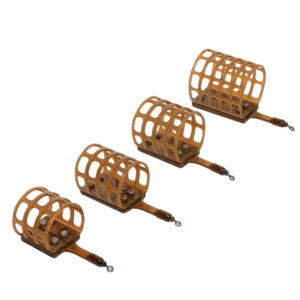 Plastic Cage Feeder£1.89
Plastic Cage Feeder£1.89 -
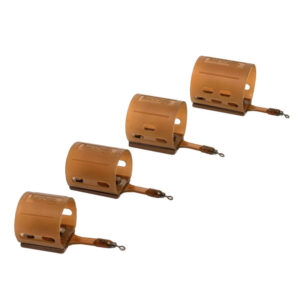 Groundbait Feeder£1.89
Groundbait Feeder£1.89 -
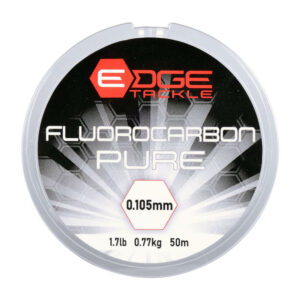 Fluorocarbon Pure£5.65
Fluorocarbon Pure£5.65
